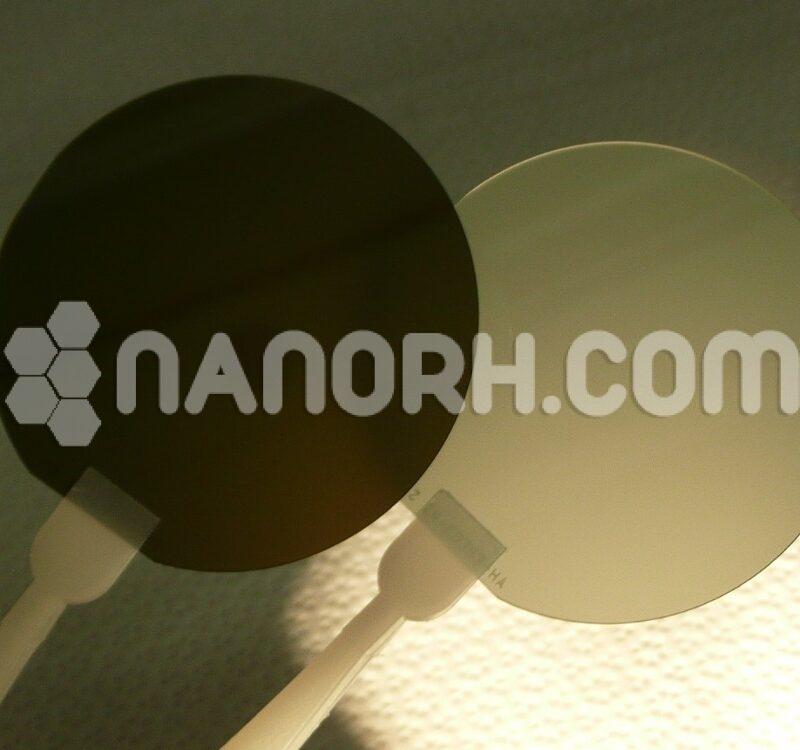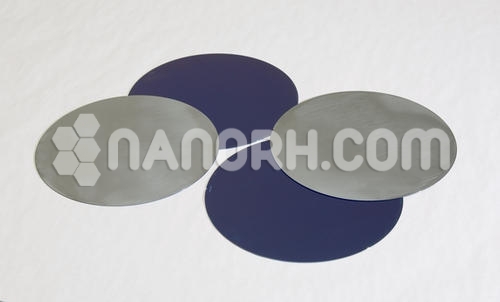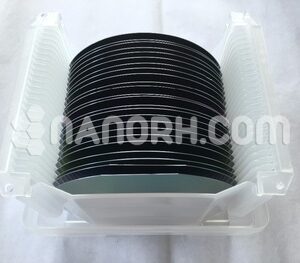Bismuth Dysprosium Iron Gallate Sputtering Targets
Bismuth Dysprosium Iron Gallate Sputtering Targets
| Bismuth Dysprosium Iron Gallate Sputtering Targets | |
| Product No | NRE-43197 |
| CAS No. | NA |
| Formula | Bi2DyFe4GaO12 |
| Molecular Weight | NA |
| Purity | >99.9% |
| Density | NA |
| Thickness | 3 mm ± 0.5mm (can be customized) |
| Diameter | 50 mm ± 1mm (can be customized) |
| Shape | Round |
| Resistivity | NA |
| Thermal Conductivity | NA |
Bismuth Dysprosium Iron Gallate Sputtering Targets
Bismuth dysprosium iron gallate (BiDyFeGaO) sputtering targets are used to produce thin films of a specific class of materials known for their interesting and useful properties. The applications of BiDyFeGaO sputtering targets can be quite specialized, given the unique properties of the material. Here are some key applications.
Multiferroic Devices: Similar to other multiferroic materials, bismuth dysprosium iron gallate can exhibit both ferroelectric and magnetic properties. This makes it suitable for applications that benefit from the coupling of electric and magnetic fields:
Memory Devices: Multiferroic materials can be used in advanced memory technologies, such as non-volatile random-access memory (NVRAM) or magnetoelectric random-access memory (MeRAM).
Spintronics: The combination of ferroelectric and magnetic properties can be exploited in spintronic devices, where the manipulation of electron spin is used alongside charge.
Piezoelectric Devices: The ferroelectric properties of BiDyFeGaO make it suitable for piezoelectric applications, where mechanical stress is converted into electrical signals. This can be useful in sensors, actuators, and energy harvesting devices.
Photovoltaic Devices: The unique electronic and optical properties of bismuth dysprosium iron gallate can be utilized in photovoltaic applications, including thin-film solar cells. These materials can help improve efficiency or introduce new functionalities.
Sensors: The combination of ferroelectric and magnetic properties in BiDyFeGaO can be useful for advanced sensor technologies, particularly those that need to detect both electric and magnetic fields.
High-Temperature Superconductors: Although BiDyFeGaO is not a superconductor itself, materials with similar properties are sometimes used in high-temperature superconductors. Research in this area might explore its potential role in superconducting or related applications.
Catalysis: The material’s properties might also make it suitable for catalytic applications, where thin films could be used in processes to speed up chemical reactions.
Optoelectronic Devices: Due to its electronic and optical properties, BiDyFeGaO thin films can be used in various optoelectronic devices, including those used in telecommunications and imaging systems.




